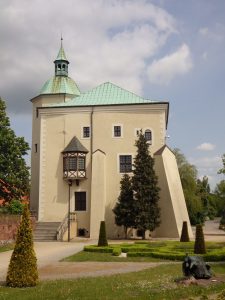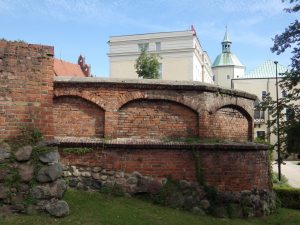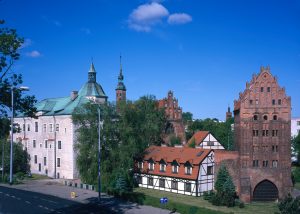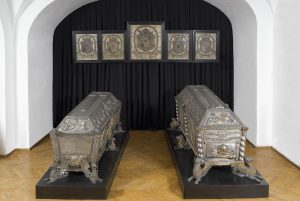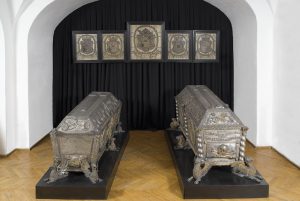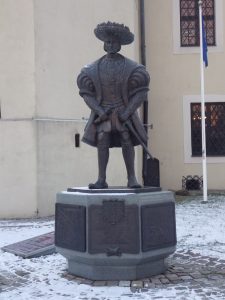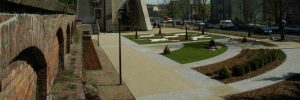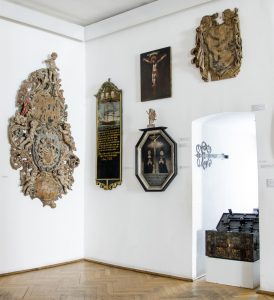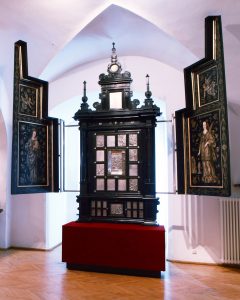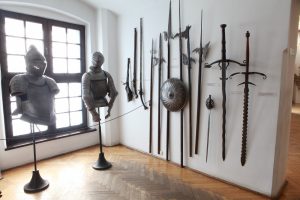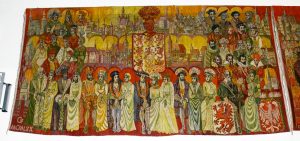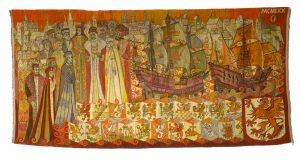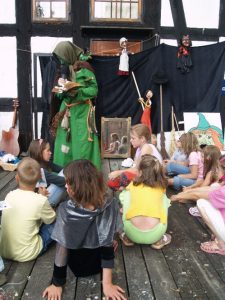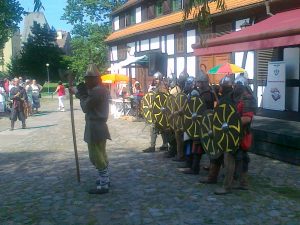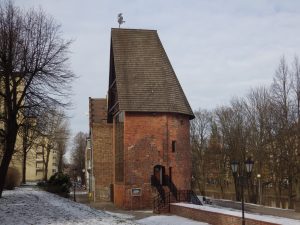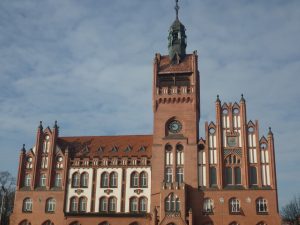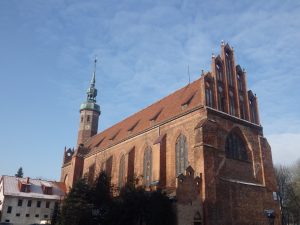LOCATION
Słupsk is located on the Słupia River, 18 km away from the Baltic Sea and about 50 km from Bytów, 50 km from Darłowo, 50 km from Lębork. Former seat of Pomeranian dukes. The city can be reached by car, train or bus. 54°27′57″N 17°01′45″E

SCENIC CHARACTER
The one of most important monuments of Słupsk is the Pomeranian Dukes’ Castle. It is worth knowing that the first attempts to build a castle in the city in the 14th-century originated from Duke Bogusław V. He and the Polish king Casimir the Great formed a Polish-Pomeranian alliance against the Teutonic Knights. Duke Bogusław V walked down the aisle with Elżbieta, a daughter of the polish King. Kazimierz IV from Griffins dynasty, the son of Bogusław V and Elżbieta Piastówna Kaźko of Słupsk, was adopted by his grandfather and predestined to the throne of Poland. Unfortunately, he died prematurely before he could take the crown. The intention to build the castle was formed by Duke Bogusław X, who in the years 1505-1507 built a princely residence. There is a statue of him in front of the castle. The castle was inhabited by the last princess of the Griffin family – Anna de Croy, who lead a foundation in Słupsk for the dissemination of art and culture (e.g. she endowed the church in Smołdzino). The castle, rebuilt after war damage, resembles the Renaissance reconstruction from the end of the 16th century. Since the 1965 the castle houses the Museum of Central Pomerania (exhibitions are located in the castle and the Castle Mill). At the exhibitions we can contemplate references to the princes’ times, old crafts, Pomeranian art (including sacral sculpture, funeral, painting), sarcophaguses of the last Pomeranian dukes (in this place the dynasty line of Griffins ends), militaria or a masterpiece of the mannerist art in the form the silver altar of Darłowo. There is a large map of the Duchy of Pomerania by Eilhard Lubinus in the castle hall. The Museum holds lectures about the history of Pomerania with an emphasis on the history of the Griffins dynasty. The Griffin Route has been designated in the city, where apart from the Pomeranian Dukes’ Castle there are also various interesting places connected with the theme of the Route: Castle Mill from the 14th century and the Church of St. Jacek, which Princess Erdmuta chose as the castle church (a painting of her is placed in the altar of the church; her husband, Prince Jan Fryderyk, is next to her). Inside the church there are also antique organs funded by Ernest de Croy, the heir of the Griffins dynasty. In the church you can find both his epitaph as well as the epitaph of his mother Anna, sister of the last Duke of Griffin, Bogusław XIV. In summer, organ concerts take place here. Walking along the defensive walls, we come to the castle gardens, which are a substitute for Princess Erdmuta’s garden. On every Sunday in July and August near the castle, on the historic Fisherman’s Market located on the Mill Island, there are hosted Griffins fairs – meetings with history, art and traditions combined with contemporary cultural presentations
ATTRACTIONS
Another attraction of the city is the Witch’s Tower, which was a part of the old fortification of the city later transformed into a prison. It became famous as the place of execution of the last witch of Słupsk – Trina Papisten, condemned in 1701. Currently, a branch of the Baltic Gallery of Contemporary Art is based there.
Town Hall – a neo-gothic building from 1901. It is the seat of the municipal authorities. The attraction here is the 56-meter tower, which has 180 steps, and the Town Hall Clock, the mechanism of which can be seen from the inside, as well as wall paintings inside showing the scenes from the history of the city.
Going further on the Griffins Route stopping by in Swołowo, which is a peculiar capital of the Land in chequered pattern, is recommended, since there is the Museum of Folk Culture of Pomerania.




